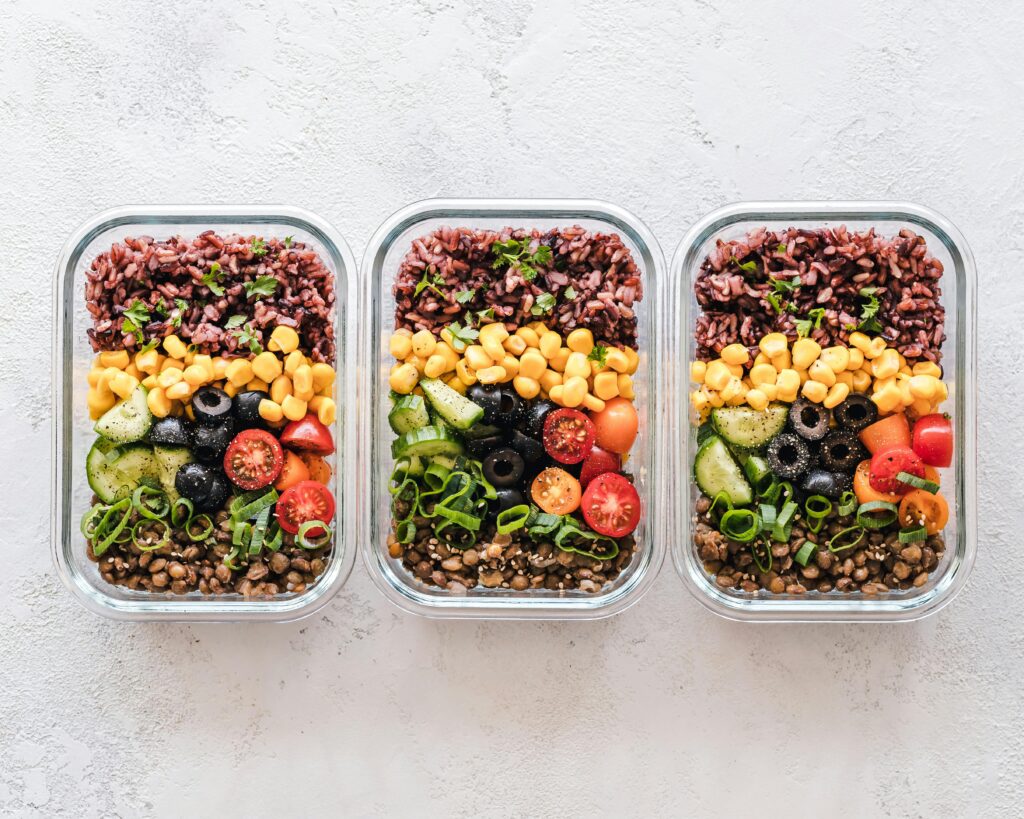- ENTERTAINMENT
Everything You Need to Know About Mike Tyson vs Jake Paul


In today’s fast-paced world, finding time to prepare healthy meals can be a challenge. However, with the right techniques and a little planning, you can create delicious, nutritious meals that fit seamlessly into your busy schedule. This guide explores a variety of quick weeknight meals and from-scratch healthy recipes that are not only easy to prepare but also packed with flavor and nutrients. Whether you’re cooking for yourself or your family, these strategies and recipes will help you maintain a balanced diet without sacrificing taste or convenience.
The key to preparing quick weeknight meals lies in efficient cooking techniques and smart ingredient choices. Stir-frying, grilling, and sheet pan baking are excellent methods that allow you to cook meals in under 30 minutes. These techniques not only speed up the cooking process but also help retain the nutrients in your ingredients.
For example, stir-frying involves cooking small pieces of food quickly over high heat, which helps preserve their natural flavors and nutrients. Grilling adds a smoky flavor to meats and vegetables, while sheet pan meals allow you to cook everything in one go, minimizing cleanup time.
Cooking from scratch might seem daunting, but it is a rewarding way to ensure you know exactly what goes into your meals. Start by focusing on whole ingredients like fresh vegetables, lean proteins, and whole grains. These components form the foundation of any healthy dish.
Batch cooking is an effective method for preparing from-scratch meals. By cooking large quantities of grains, beans, or roasted vegetables, you can mix and match these components throughout the week to create a variety of meals. This not only saves time but also encourages creativity in the kitchen.

This dish combines succulent shrimp with crisp asparagus, all tossed in a zesty lemon garlic sauce. The flavor profile is light and refreshing, perfect for a spring or summer evening.
These vegetarian tacos are hearty and satisfying, with a smoky and slightly sweet flavor profile.
A classic stir-fry featuring tender chicken and vibrant vegetables, offering a savory and slightly spicy taste.
This salad is a colorful blend of fresh vegetables and quinoa, with a tangy lemon vinaigrette, offering a bright and herbaceous flavor.
A simple yet flavorful pasta dish with garlic, olive oil, and nutrient-rich kale, offering a robust and earthy taste.
Weekends are a great time to experiment with from-scratch cooking. Here are 12 meal ideas that are both healthy and satisfying:
Creating a healthy meal doesn’t mean sacrificing flavor. By understanding different flavor profiles, you can craft dishes that are both delicious and nutritious. Balance sweet, salty, sour, and umami flavors to enhance the taste of your meals.
For example, adding a splash of citrus can brighten a dish, while a dash of soy sauce can add depth. Herbs and spices are also invaluable tools for adding flavor without extra calories or sodium.
Even experienced cooks can make mistakes when preparing healthy meals. One common error is overcooking vegetables, which can lead to nutrient loss and an unappealing texture. To avoid this, blanch or steam vegetables until just tender.
Another mistake is using too much oil, which can add unnecessary calories. Measure oil carefully or use a non-stick pan to minimize the amount needed. Lastly, don’t forget to season your food. Healthy meals can be flavorful with the right balance of herbs, spices, and condiments.
Substituting certain ingredients can make your meals healthier without compromising taste. For instance, use Greek yogurt instead of sour cream for added protein and fewer calories. Replace white rice with quinoa or cauliflower rice for more fiber and nutrients.
For baking, consider using applesauce or mashed bananas to reduce sugar content. These swaps not only improve the nutritional profile of your meals but also open up new flavor possibilities.
Effective meal prep is a game-changer for busy weeknights. Start by planning your meals for the week and prepping ingredients in advance. Chop vegetables, marinate proteins, and cook grains over the weekend to save time during the week.
Invest in quality storage containers to keep prepped ingredients fresh. Label containers with the date to ensure you use them in a timely manner. By dedicating a few hours to meal prep, you can streamline your cooking process and reduce stress on busy nights.
Proper storage and freezing techniques can extend the shelf life of your healthy meals, reducing waste and saving time. Cool cooked foods before refrigerating to prevent bacterial growth. Use airtight containers to maintain freshness and prevent odors from spreading.
For freezing, portion meals individually to make reheating easier. Label each container with the contents and date to keep track of what needs to be used first. Thaw frozen meals in the refrigerator overnight for best results.
Adapting recipes to meet dietary needs is simple with a few modifications. For gluten-free diets, use gluten-free grains and flours. For vegan meals, substitute dairy with plant-based alternatives like almond milk or cashew cheese.
To reduce sodium, opt for low-sodium broths and seasonings. By making these adjustments, you can enjoy a diverse range of meals that accommodate your dietary preferences without sacrificing flavor or nutrition.
Seeing a beautifully presented dish can inspire you to try new recipes and techniques. Whether it’s a vibrant salad or a perfectly grilled piece of fish, visual references can spark creativity in the kitchen.
Consider taking photos of your own culinary creations to document your progress and share with friends and family. Not only does this provide a sense of accomplishment, but it also encourages others to explore healthy cooking.